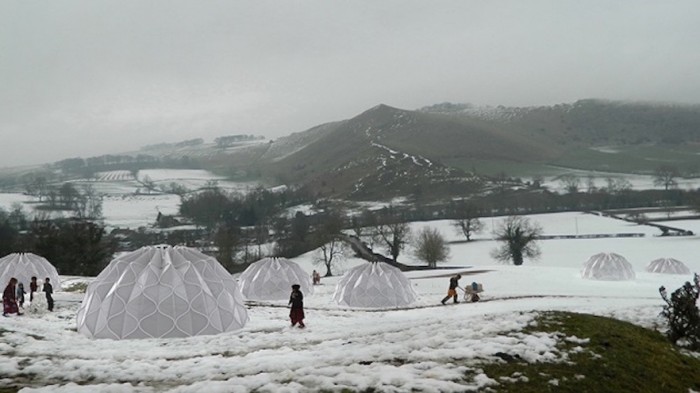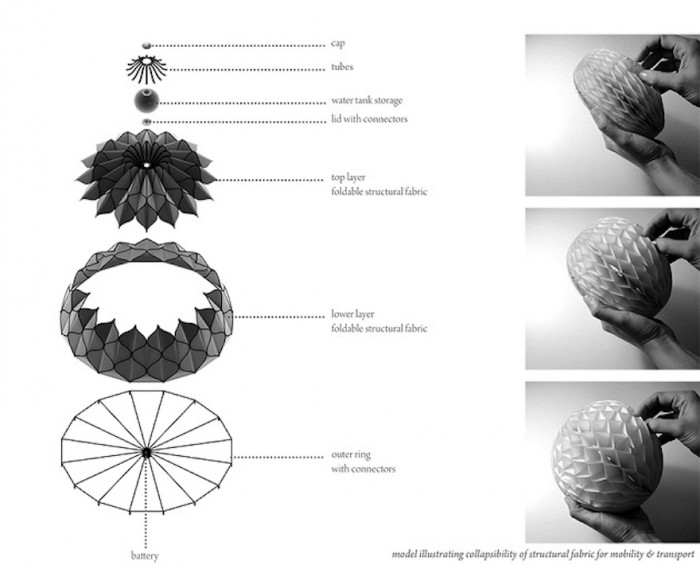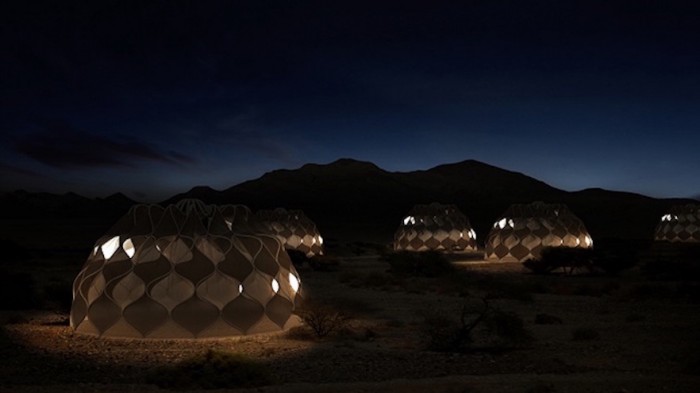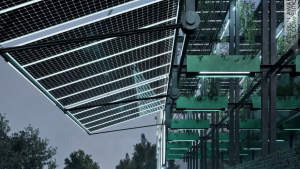The Weaving A Home project by Canadian-Jordanian architect and designer Abeer Seikaly aims to provide a solution to the need for lightweight, mobile, and structurally sound shelters in disaster scenarios. More and more designers are coming up with tailored solutions to the needs that arise in the aftermath of war, natural disasters and other forms of displacement. Seikaly drew from the timeless tradition of weaving to create a structural fabric tent that could incorporate modern necessities such solar power generation and solar water heating.
“Some cities are destroyed by natural disasters while others are affected by war aiming to erase memory and identity in order to establish and re-order the urban fabric which destroys the past and any hopes of the future,” Seikaly was quoted as saying.
Seikaly’s structure was created using weatherproof fabric drawn between durable, curved plastic tubing. The double-layered tent can handle both compression and tension. Its hollow design allows for weatherproof entrances and for water piping and electrical cables to run between the layers. Openings can be made in the tent wherever they are needed to allow hot air out and to catch any cross-breezes. The tents also seal up tight in case of rainy weather or cold conditions.
Seikaly believes that to reshape cities that have been destroyed, designers from various disciplines would need to come together to create an effective strategy. “This requires an understanding of the city's internal events, its culture as well as the external factors that affect it. I see it as an opportunity for the development of contemporary thought,” she explains.
“As an architect, I would start by asking questions like how are new identities formed through the built environment? Do we ignore the past or do we keep part of the destruction to remind us of our history as lessons to be learned? How do we retell a story in the most truthful manner?”






